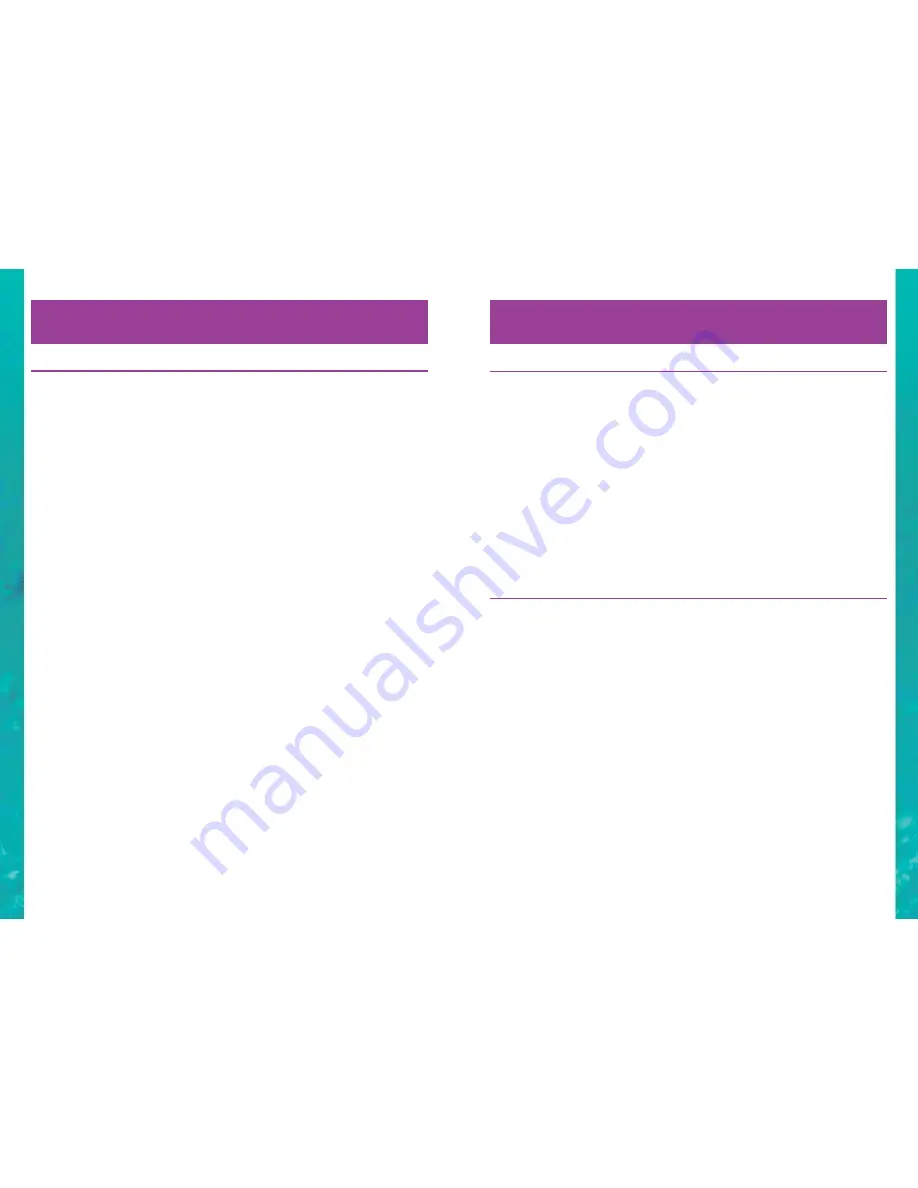
34
35
Chapter 5 - Acids and alkalis 5a - Making acid
and alkali solutions
Experiment 5.10
Testing household chemicals with universal indicator
• universal indicator paper
• test tubes
• dropping pipette
Repeat Experiment 5.9 with various household chemicals. Test the
ones given here if you have them and any others that you can find
around your house.
1. Lemon juice
2. Vinegar
3. Sparkling water
4. Laundry detergent dissolved in water
5. A vitamin C tablet dissolved in water
6. A soluble aspirin tablet dissolved in water
7. Sugar dissolved in water
8. Gin, whisky or brandy (just a drop) – ask an adult to supply this.
Record your results as acid, alkali or neutral depending on the
colour of the universal indicator paper.
Experiment 5.11
Testing the soil from a garden
• universal indicator paper
• dropping pipette
• cup
It is important for a gardener to know whether the soil is acid or
alkaline, as some plants will only grow in acid soil and some in
alkaline soil.
Dig a little soil from a garden. Do not take the surface soil, but go
down a few centimetres. Add about a dessertspoonful of soil to
twice as much water in a cup or mug. Stir the mud and leave it to
settle overnight. Take a sample of the clear liquid with your dropping
pipette and test it on a piece of universal indicator paper.
Experiment 5.9
Using universal indicator paper
• universal indicator paper
• sodium hydrogen
sulphate
• solution lime water
• sodium carbonate
solution
• sodium hydroxide
solution
• tartaric acid
• citric acid
• sodium hydrogen
carbonate (sodium
bicarbonate)
• aluminium potassium
sulphate
• iron sulphate
• test tubes
• dropping pipette
• white plate
Chemists often need to test for acids or alkalis, and indicators that
have been soaked onto filter paper and dried are usually used. The
most useful is called
universal indicator paper
. This indicator not
only shows the presence of an acid or alkali but also shows its
strength. The colour of the universal indicator changes from red to
violet (in the order that the colours are in a rainbow) from strong
acid solution to strong alkali solution. These colours are shown on
the covers of the book of universal indicator papers. They are: red
(strong acid), orange (weak acid), yellow (weaker acid), green
(neutral), blue (weaker alkali), indigo (weak alkali), violet (strong
alkali).
To test with universal indicator paper cut one of the strips into about
8 pieces and spread them out on a white plate. To test a liquid put 1
drop with the dropping pipette onto a piece of the universal indicator
paper.
Test the following liquids and record your results as acid, alkali or
neutral (neither acid or alkali) from the colour of the universal
indicator paper.
1. Your solution of sodium hydrogen sulphate.
2. Your solution of lime water.
3. Your solution of sodium carbonate.
4. Your solution of sodium hydroxide.
5. Tap water.
6. ¼ measure of tartaric acid in 1cm water.
7. ¼ measure citric acid in 1cm water.
8. ½ measure sodium hydrogen carbonate (sodium bicarbonate)
in 2cm water.
9. ¼ measure aluminium potassium sulphate in 1cm water.
10. ¼ measure iron sulphate in 1cm water.
Check your results with the answers at the back of this booklet and if
you do not agree do the test again.
Chapter 5 - Acids and alkalis
5b - Testing for acids and alkalis
Chapter 5 - Acids and alkalis
5b - Testing for acids and alkalis
















































